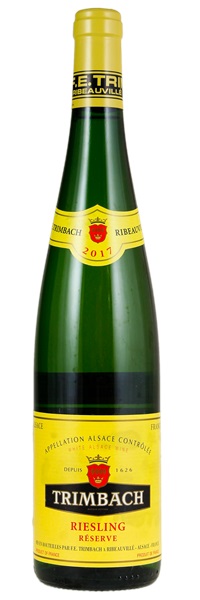Light label condition issue
Removed from a temperature and humidity controlled wine cellar; Purchased upon release; Consignor is original owner

Image above is an example. To view the image of the lot, click the item number.
Estimate
A lovely nose of petrol and white pepper leads to flavors of apricot, star anise, lemon peel and herb in this elegant, light-bodied white, defined by finely cut, steely acidity. Offers a long, mouthwatering finish.
White stones, lemon curd and fresh almonds are all brought into focus. Only minimally off-dry and medium-bodied and steely. Medium-long and quite zesty on the finish.
Subtle aromas of chamomile, peach and a hint of yarrow create a fresh and appetizing nose. The palate is vivid in lemon freshness that brightens creamier, earthier notions on the midpalate. It is bone dry, fresh and vivid.
Mint and melon on the deep, refined nose. Fresh and lively in the mouth, hints of celery and chamomile complicating ripe pomaceous orchard fruit flavors. The acidity is well integrated, and the long finish is focused and energetic.